By Film Noir Blonde and Mike Wilmington
The Film Noir File is FNB’s guide to classic film noir, neo-noir and pre-noir on Turner Classic Movies (TCM). The times are Eastern Standard and (Pacific Standard). All films without a new review have been covered previously in Film Noir Blonde and can be searched in the FNB archives (at right).
Pick of the Week
“Psycho”(1960, Alfred Hitchcock). Saturday, March 7, 4:15 p.m. (1:15 p.m.)
Saturday, March 7
2 p.m. (11 a.m.): “A Face in the Crowd” (1957, Elia Kazan).
6:15 p.m. (3:15 p.m.): “Dr. Strangelove or: How I Learned to Stop Worrying and Love the Bomb” (1964, Stanley Kubrick).
Sunday, March 8
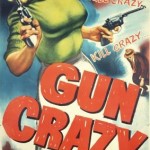 8:30 a.m. (5:30 a.m.). “Gun Crazy” (1950, Joseph H. Lewis).
8:30 a.m. (5:30 a.m.). “Gun Crazy” (1950, Joseph H. Lewis).
4:30 p.m. (1:30 p.m.): “The Defiant Ones” (1958, Stanley Kramer).
Tuesday, March 10
8 p.m. (5 p.m.): “A Place in the Sun” (1951, George Stevens).
Wednesday, March 11
6 a.m. (3 a.m.): “Stage Fright” (1950, Alfred Hitchcock).
8 a.m. (5 a.m.): “Ministry of Fear” (1944, Fritz Lang).
9:45 a.m. (6:45 a.m.): “Lured” (1947, Douglas Sirk).
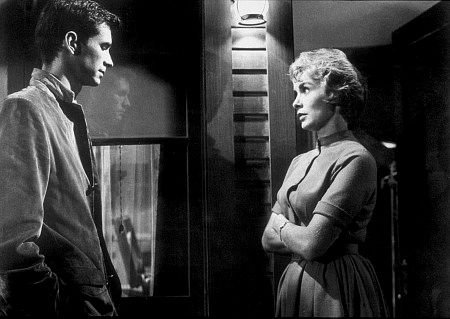





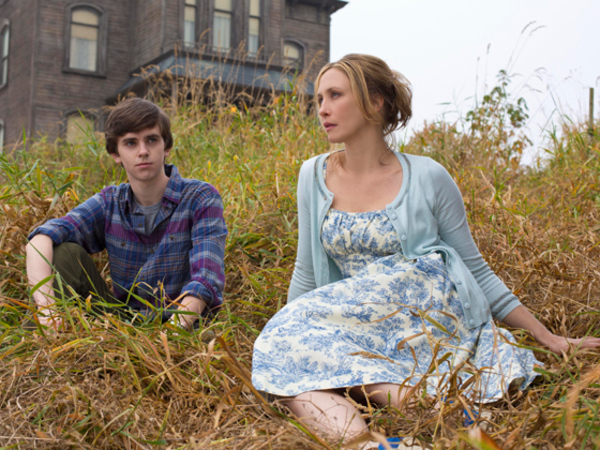
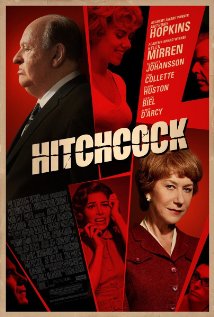
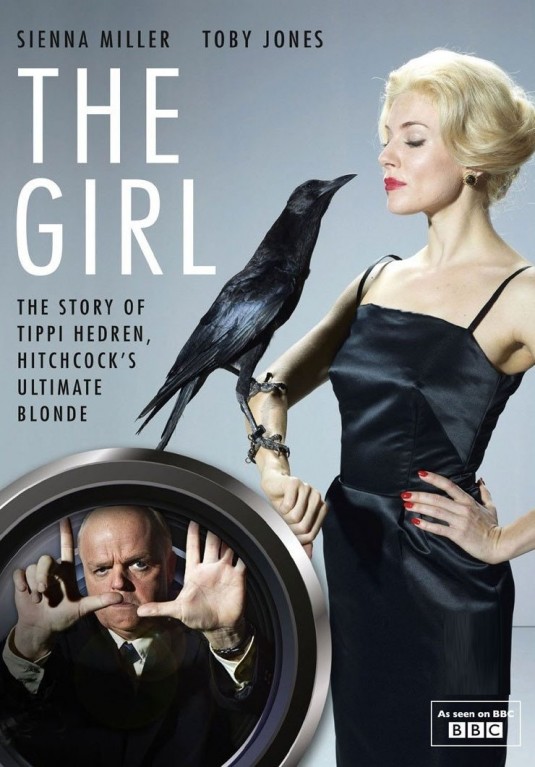
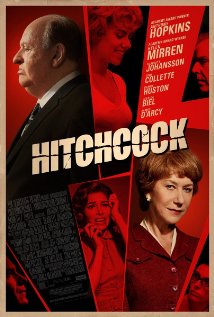
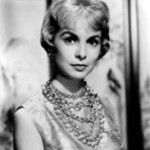
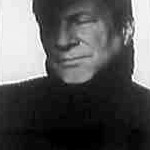

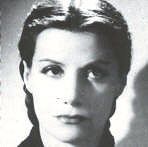
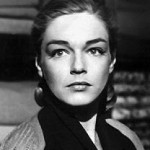






From FNB readers